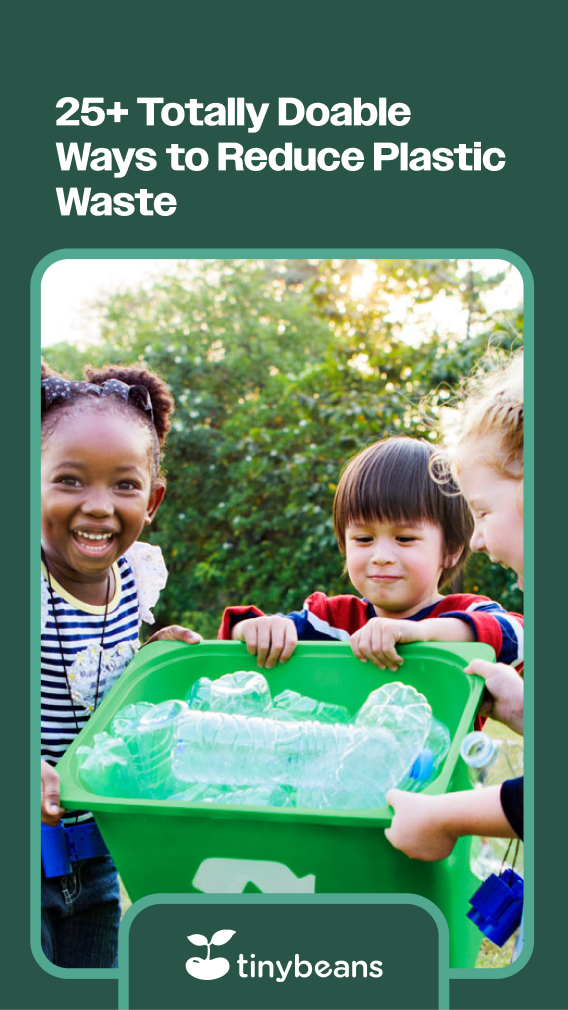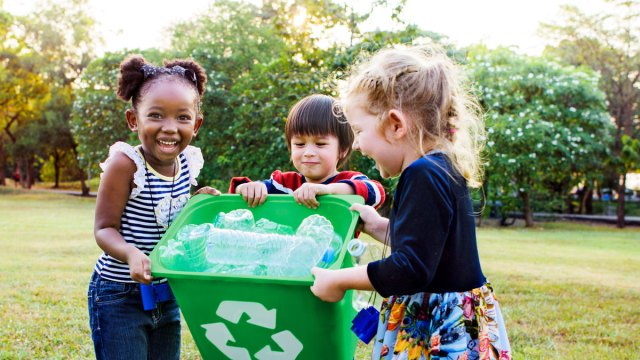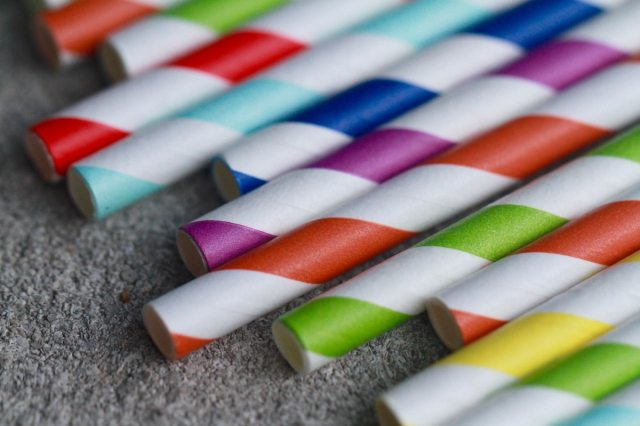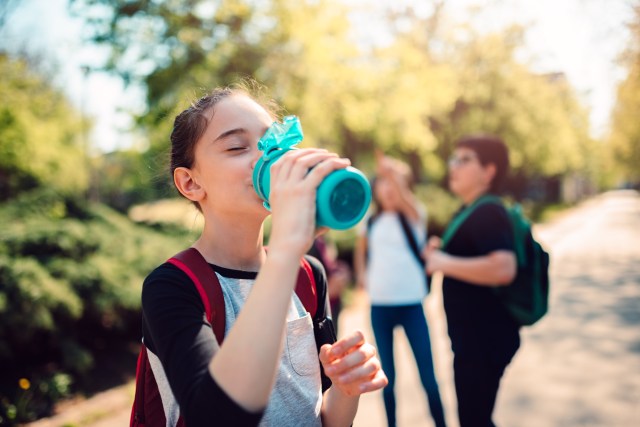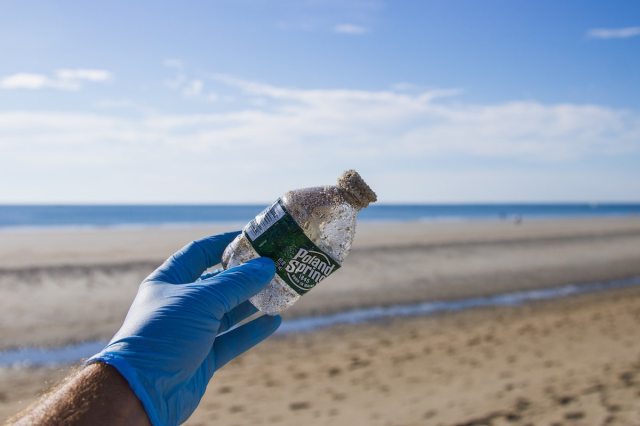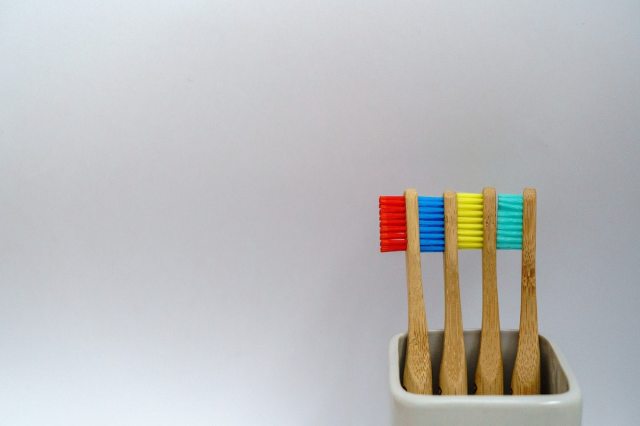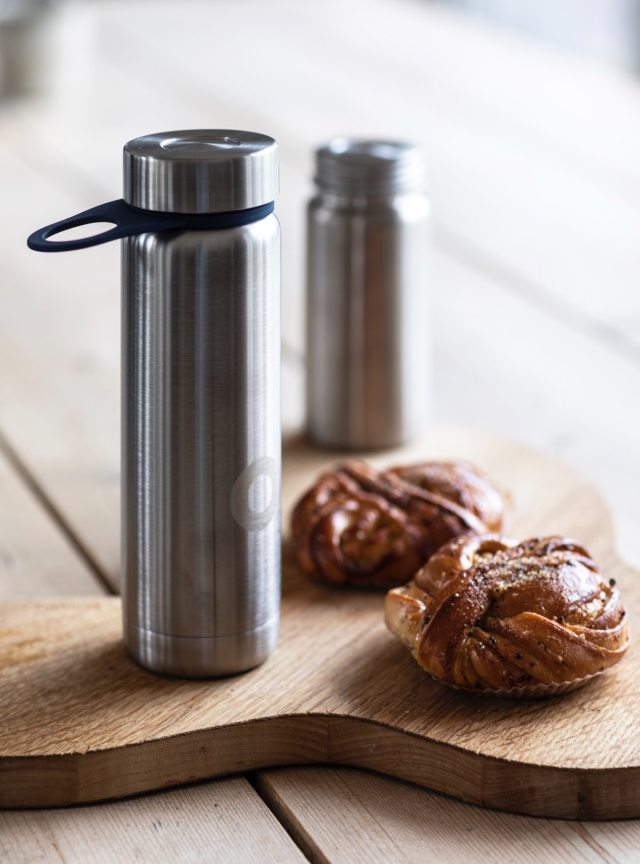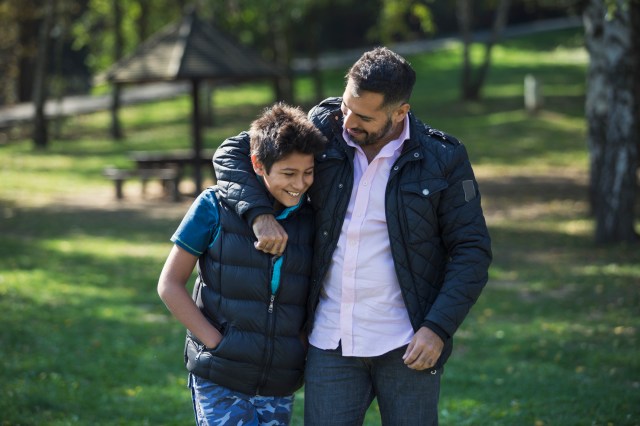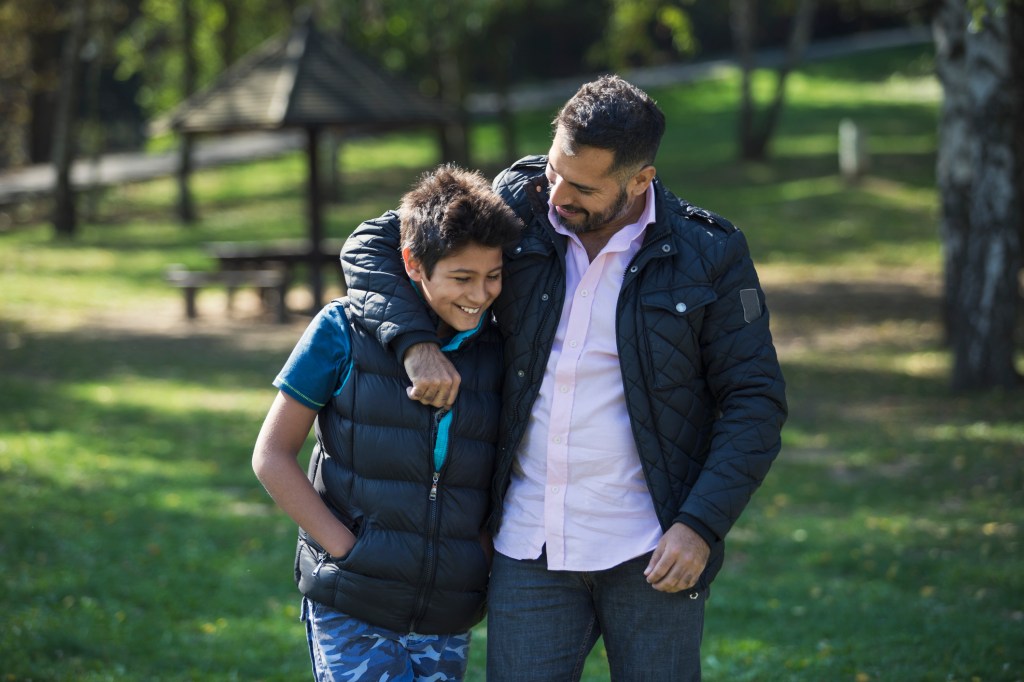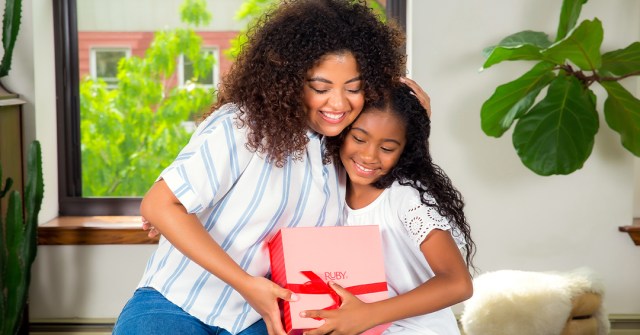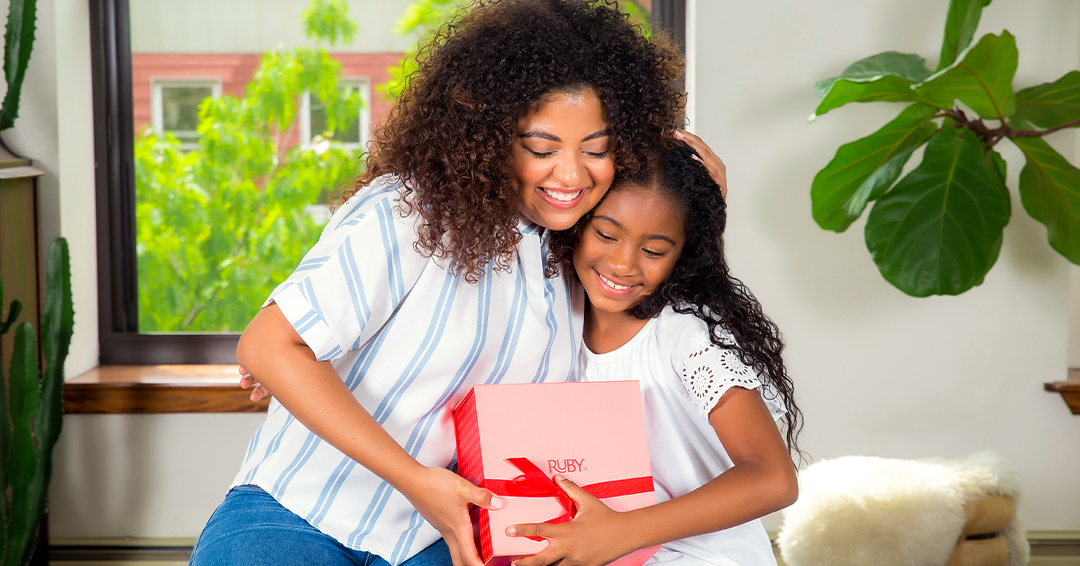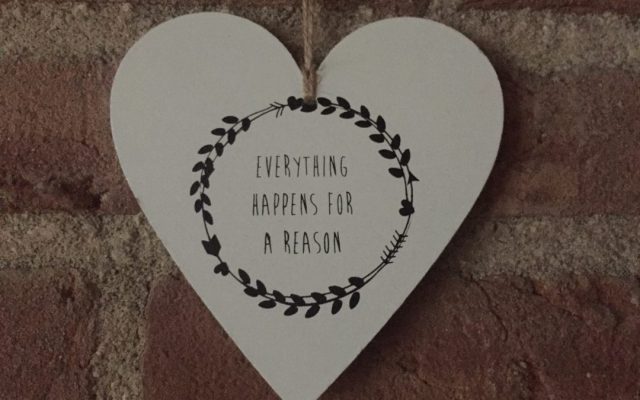The bathroom was a bloodbath. It seriously looked like someone was murdered in there, nasty. My poor daughter walked into—not once, but twice—the horrid crime scene of an undisposed pad/sanitary napkin/towel on the floor of a public bathroom. The other time it was a used tampon, floating in the murky toilet waters. Just absolutely gut-wrenching to see my innocent munchkin’s face turned pale and frightened, as she muttered to me, “Mom, I think someone got really hurt.” So just like that, it all began.
Truthfully, this kind of blog would have likely been irrelevant in my pre-teen and teenage years because it doesn’t seem like it was discussed that openly at home. I never had a talk about menstruation, puberty, or sex with my mom—it was just embarrassing. I learned through a quick lesson at school about our changing bodies and then through my friends. Being a late bloomer myself, I was actually cheering when the “Flow Fairy” finally visited me. Finally, I felt like all of the other girls! Don’t even talk about bras. I think I was one of the last to sport a training bra and probably started wearing one way before I needed to. Forget the talk about sex. My mom may have nervously asked me about that once in college.
Let’s face it—we live in a much different world. Social media and reality television have dominated and shaped much of our youth’s culture now. If we don’t talk about it, someone else will.
I don’t think parents truly ready themselves for all of the cringe-worthy talks that we need to have. We ask each other if it comes up in conversation, brush off the idea, and kind of wing-it in the moment, mostly. I have always been staunch on my belief to be honest, but also age-appropriate with all of my answers to my kids about life. From the beginning, all talks should offer a semblance of honesty and easy-to-understand language. It’s all a big puzzle that you unveil, bit by bit, until the entire picture becomes clear in its own time.
Some, I admittedly figure out in the moment, while others I actually think about and speak to other moms for ideas. Thankfully, I live in a culturally diverse community, where global perspectives are so interesting and eye-opening for me.
So here goes—no matter how YOU choose to shape your answers, perhaps this Q & A scenario will help you prepare for when the time comes.
** Please note that this is just an early, basic introduction to some truly important topics, and all of the variables in parenthood should become unveiled with time. This may vary in discussion for parents in different life scenarios.
Baby Talk
After having four children about 2.5 years apart, my kids have seen my belly grow to ridiculous proportions, witness my slowing down, baby pop out, stay at the hospital, and constant breastfeeding for the first year. This cycle is as interesting as it is confusing for siblings.
Q-Where do babies come from?
A-Mom and dad have to make a decision together to have a child. When they agree, daddy gives mommy a special seed, and then mommy starts to grow a baby inside.
Q-How does the baby eat inside? Can it breathe?
A- Yes, on the inside of mommy’s tummy, there’s a long “straw” called an umbilical cord that connects from mommy’s belly button to the baby’s. This straw carries all of the oxygen to help baby breathe. Also, when mommy eats, all of the most important healthy parts of the food travel right into the baby’s tummy through this straw. Inside of mommy’s tummy is kind of like a balloon, called an amniotic sac. It’s filled with warm water and baby floats in it while growing. As baby grows, so does mommy’s tummy.
Q-How does a baby come out of your tummy?
A-Well, all females have 3 holes—a pee hole, a poo hole, and a baby hole right in the middle. You may not even know you have it because it’s so little. Well, when baby is all finished growing, mommy feels a strong knock on the inside of her tummy. Then mommy goes to the doctor to help baby come out. The doctor will help baby come out either through that middle hole, like a baby slide from mommy’s tummy and out, or through mommy’s baby door. The doctor has a special key to get baby out.
Q-What is baby doing to you (breastfeeding)?
A-Baby is drinking mommy’s milk. After mommy has a baby, her breasts become natural baby bottles. Baby is drinking special milk to get big and strong.
Periods, Aunt Flow and Menstruation
Whether a child is as young as 9-years old when she begins menstruating, or has a friend who does, this time can be as confusing as frightening for a child who is completely unaware of this process. In my case, it only took a sloppy stranger to leave the evidence behind in a public bathroom for my daughter to find, prompting this highly important talk.
Q-What is that stick that you’re holding (tampon)? What happened to that person in the bathroom? Is she hurt? What happened?
A-You know how a chicken lays an egg and a chick comes out? Well, moms have an egg too, but it stays on the inside. Remember how I explained to you how a baby is made when daddy gives mommy a special seed? And that the body has it’s own special way of healing and cleaning itself? Well, just like the egg of a chicken, not every egg has a chick inside. Some are empty. Every 30 days or so, a female’s body checks to see if her egg has that special seed. If it does, a baby starts to grow. If it doesn’t, the body cleans itself and prepares for a new one; and that’s what it looks like for a few days. It’s red and it doesn’t hurt. It’s just the body’s way of cleaning. During that time, we use a cotton pad (towel, sanitary napkin) or tampon (cotton stick) to keep ourselves clean.
The Big Talk: How Babies are Really Made
Television, magazines, social media, and even pop music are constantly promoting images and singing about “sex” and “sexy.” While children are young and naive, they repeat song lyrics and watch completely unaware. Yet there comes a time when curiosity and reasoning kick in, prompting many questions on this topic. Be prepared however YOU choose to enlighten your children.
Q-What’s the difference between sexy and sex? I hear those words a lot.
A-One is an adjective and the other a verb (ha!).
Q-What is sex? Tell me how babies are really made? How does dad give mom the seed?
A-Ok, so you know how I told you that every part of your body serves a special purpose? Like your eyelashes are there to keep dust out of your eyes. Nose hair keeps dirt and dust out of your nose. Breasts become baby bottles for babies. A belly button is how mommy gives baby nutrition through the umbilical cord. Well, if everything serves a special purpose, have you ever wondered why females and males have different private parts? Why do females have a vagina that go in and males have a penis that sticks out?
Well, women and men were made to fit like a puzzle. When a woman and a man decide to have a baby, they give each other a special cuddle, and the seed that holds all of the information about our family moves from the man to the woman. The seed then finds it’s way to mommy’s egg that holds all of her information. When both are combined, a baby that is the combination of both people starts to form.
So there you have it. I got through all of the most cringe-worthy conversations, seamlessly and painlessly, if you don’t count my original nervous cackling for a good 30 seconds before collecting myself again and answering that last question. Over time, you may need to fill in any gaps or add technical terms, but this is a preliminary example of how I managed to work through each of these important topics.
This may not be the way you choose to tell your children, and that’s wonderfully ok. But please make sure you do. No matter if you have a girl or boy, please do your best to keep the non-judgmental communication lines free and open with your children.
Let them feel comfortable in asking you everything from social situations, personal developments, curse words, drugs, sex, and anything else that life throws their way.
The best preparation is awareness and knowledge.
Find your own way and have a plan. Good luck!
With Love,
Ruthi
Ruthi Davis is a the Founder of Ruth Davis Consulting LLC with over two decades of success in advertising/marketing, media/publicity, business development, client relations, and organizational optimization for a variety of clients. Ruthi is a proud mom and influencer in the parenting and family market as founder of the Superfly Supermom brand.
